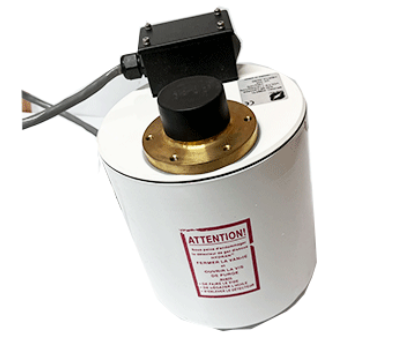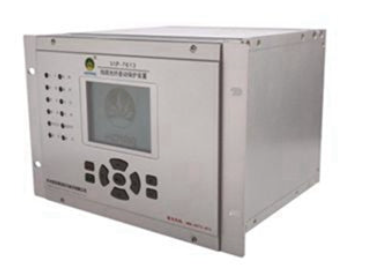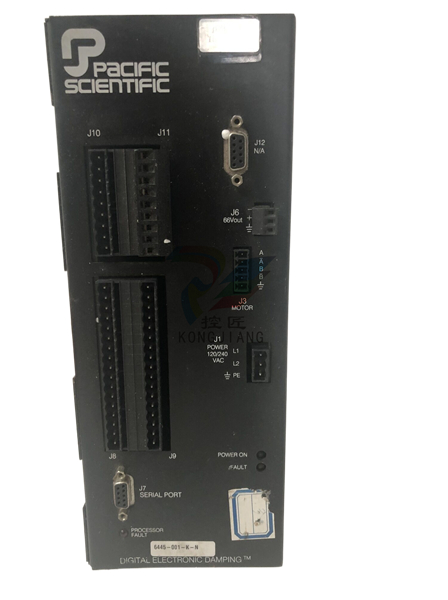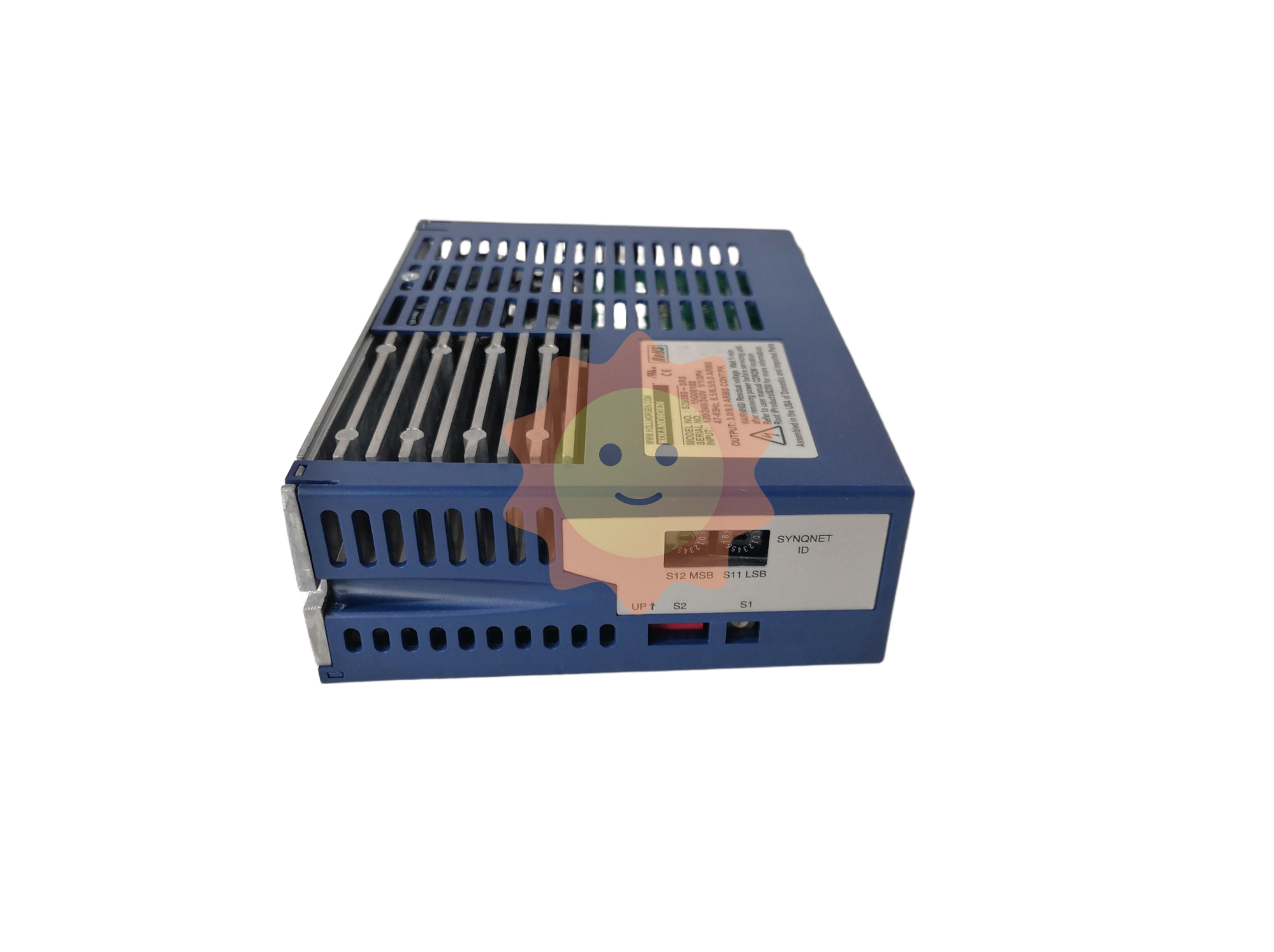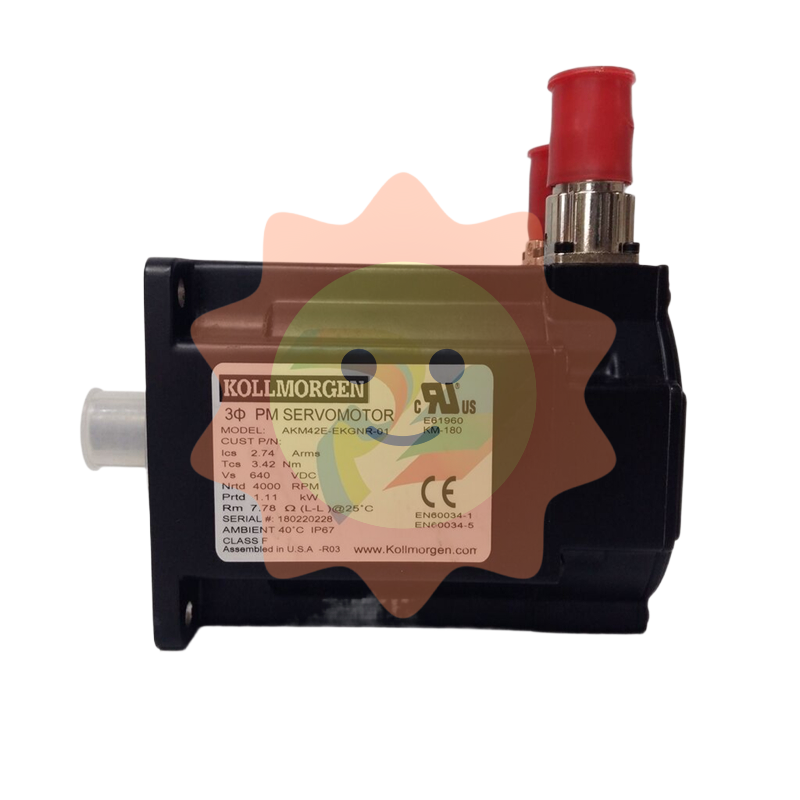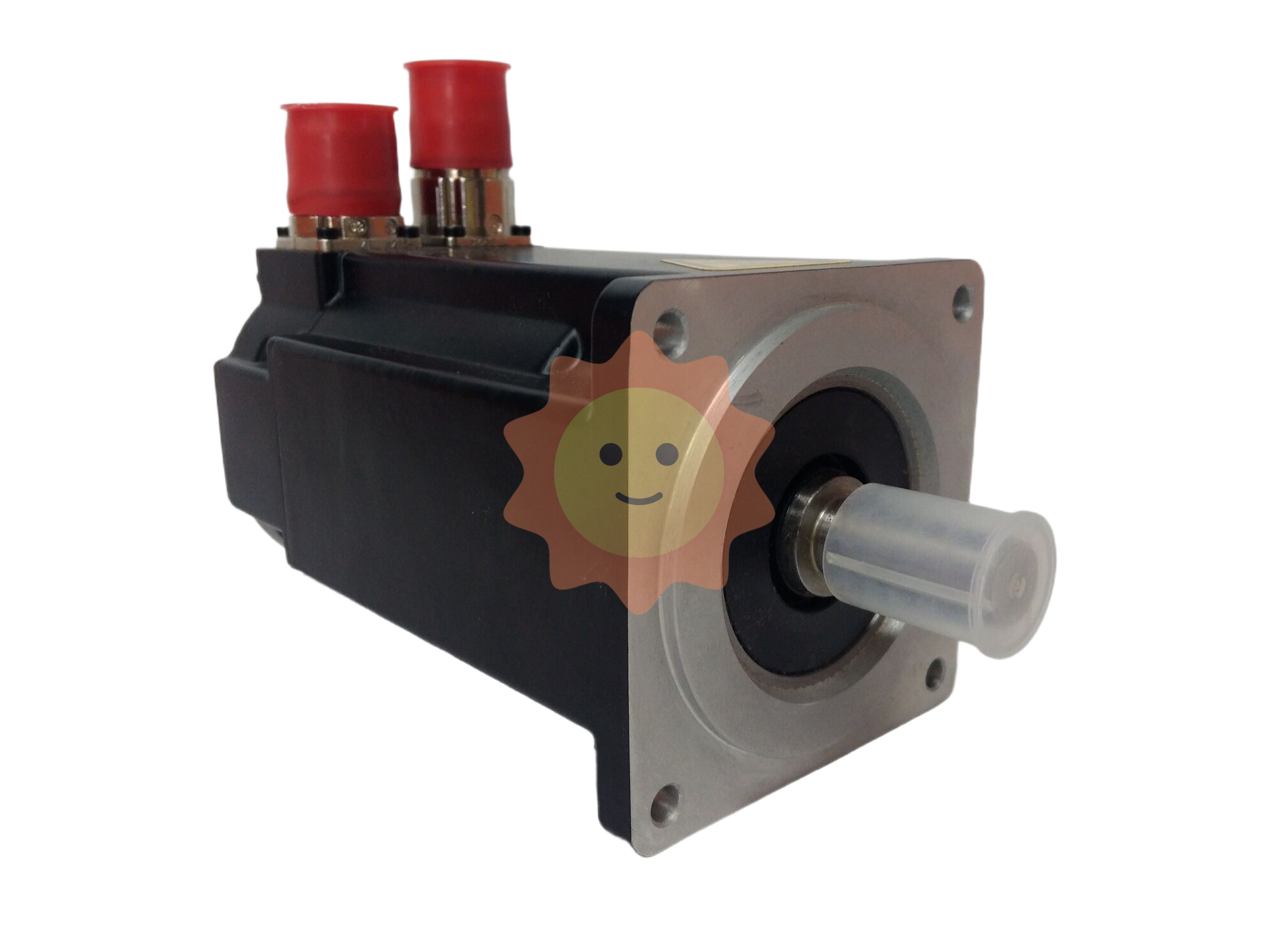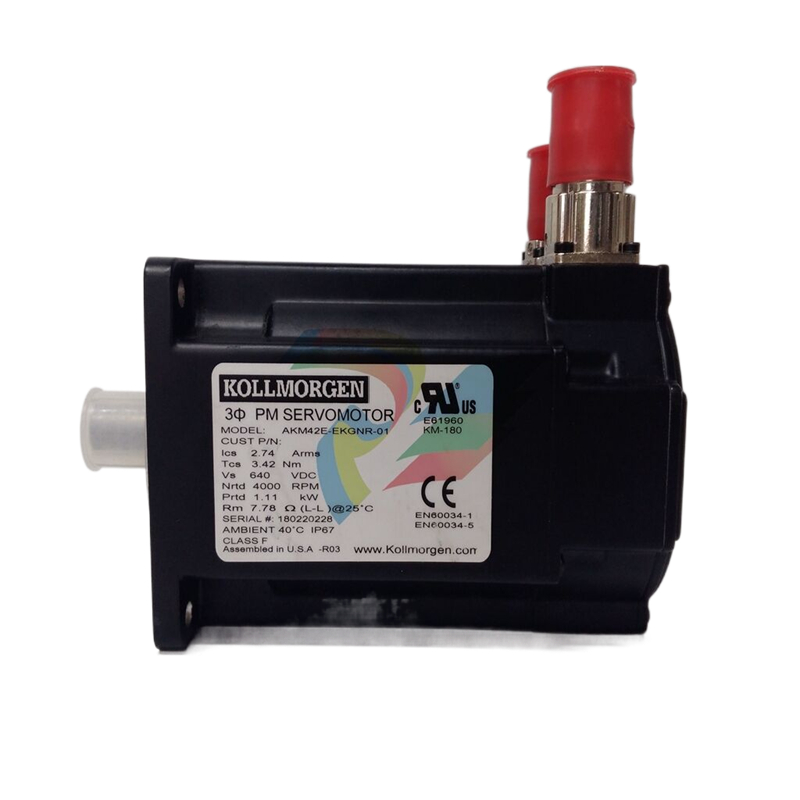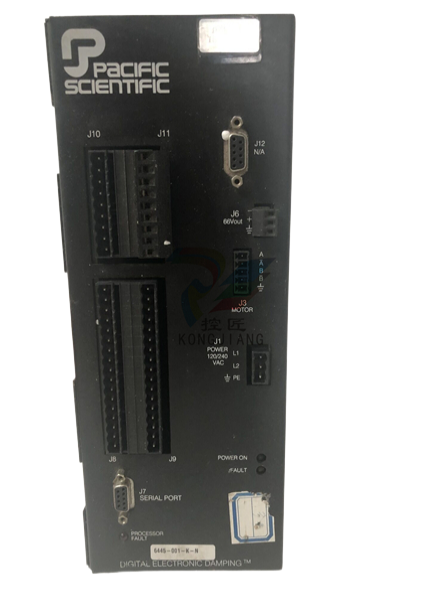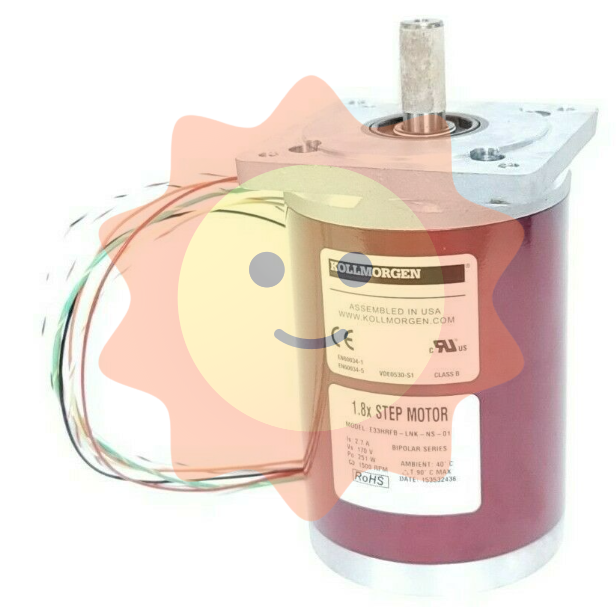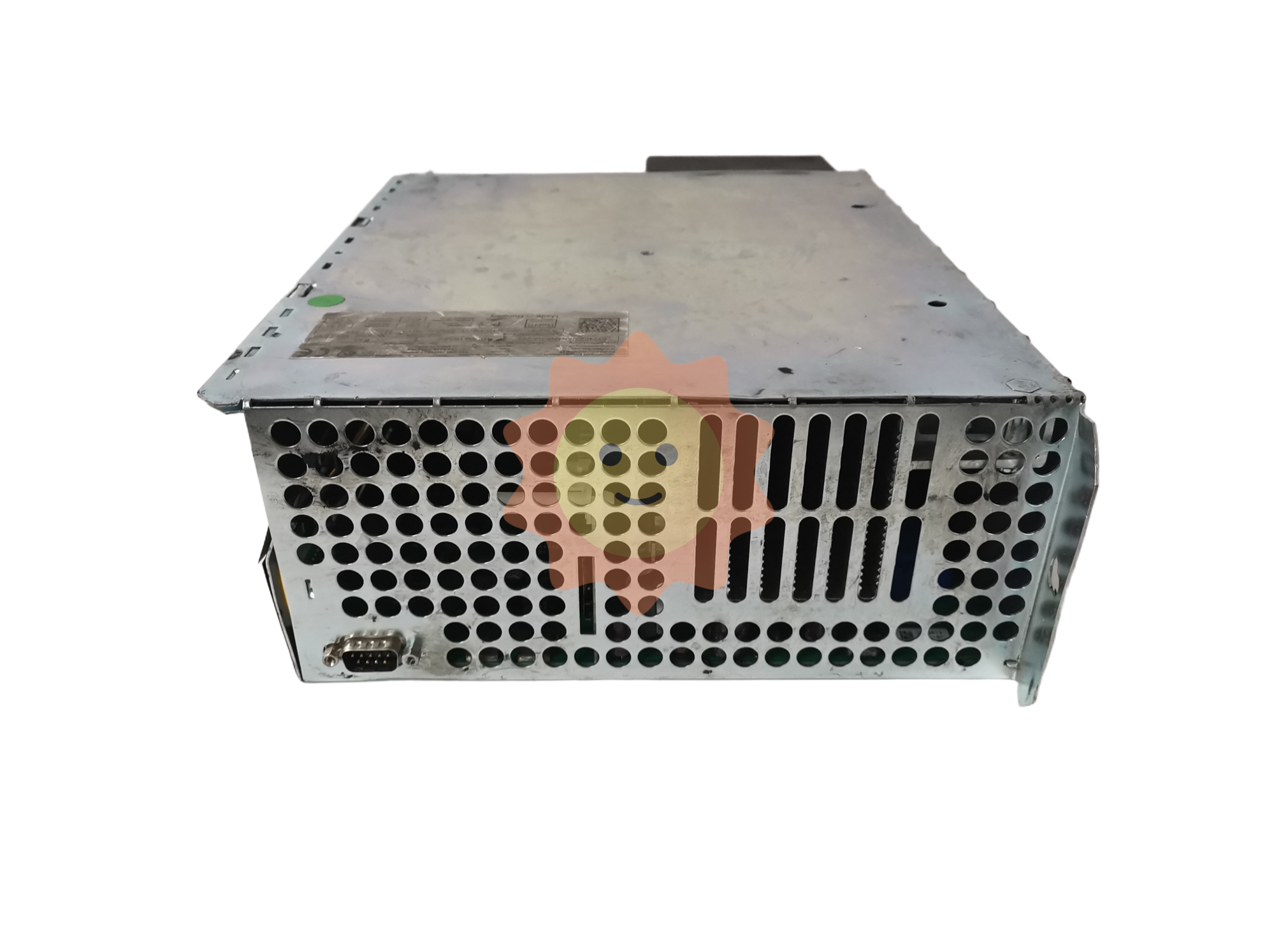The construction of cotton textile industry chain and supply chain has been further strengthened
Liu Qin, director of the Economic Development Bureau of Korla Economic and Technological Development Zone Management Committee, said that around the unique advantages of cotton, viscose and ultra-deep oil and gas resources in Bayingoleng Mongolian Autonomous Prefecture, the development zone has built an annual output of 5 million spindle scale, and actively undertake the transfer of textile industry in Jiangsu and Zhejiang, and Korla Shangku Refining Industrial Park, and viscose production enterprises. Using cotton, viscose, chemical fiber, apocynum and other fibers as raw materials, we produce green, high-end, high quality and high value-added textile products.
The development momentum of the whole chain is stronger
At present, the scale and technical level of Xinjiang cotton textile industry ranks the forefront in China, weaving, printing and dyeing, clothing and home textile knitting industry has begun to take shape, the pace of industrial transfer has been significantly accelerated, the industrial structure has been optimized, and the agglomeration development effect has gradually emerged, and it has become the most important cotton textile production base, viscose fiber production base and the main clothing processing base in Northwest China.
Not long ago, a government and enterprise delegation from Qingyuan City, Guangdong Province, went to Xinjiang to carry out investment investigation activities and reached a consensus on practical cooperation to build the cotton textile industry chain and achieve win-win industrial cooperation.
Qingyuan City plans to build an offline hypermarket for Xinjiang textiles in South China to fully meet the needs of intelligent manufacturing raw materials and consumption. The two places will also further improve the strength and toughness of the cotton textile industry chain and supply chain through industrial cluster construction, digital empowerment and other measures.

On March 28, the first Xinjiang textile and garment industry investment promotion Conference was held in Shanghai, and 10 enterprises signed investment intent agreements with Aksu region, Bayingoleng Mongolian Autonomous Prefecture and Changji Hui Autonomous Prefecture, with a total investment of 18.5 billion yuan. Photo by Ma Yining/Xinjiang Daily
At present, Xinjiang is accelerating the construction of cotton and textile and garment industry clusters, and actively expanding the industrial development space. On March 28, the first Xinjiang textile and garment industry investment promotion Conference was held in Shanghai, and 10 enterprises signed investment intent agreements with Aksu region, Bayingoleng Mongolian Autonomous Prefecture and Changji Hui Autonomous Prefecture, with a total investment of 18.5 billion yuan. The textile project signed this time is based on recruiting large, strong, excellent, strong chain, extended chain, and complementary chain, which has injected new momentum into the development of Xinjiang's textile and garment industry.
"In the second half of the year, we will continue to optimize the industrial structure and promote the extension of the chain to strengthen the chain." Wang Qing, director of the textile industry Management Office of the Industry and Information Technology Department of the Autonomous region, said that it will make full use of the existing paraxylene (PX) and refined terephthalic acid (PTA) production capacity in Xinjiang to promote polyester (fiber) projects to achieve production as soon as possible to achieve the coordinated development of the cotton spinning industry and chemical fiber industry. At the same time, increase efforts to attract investment, promote the industry to the downstream terminal industry, continue to expand the scale of weaving, clothing, home textiles, knitting and industrial textiles and other back-end industries, and promote the coordinated development of the entire textile and garment industry chain.
- EMERSON
- Honeywell
- CTI
- Rolls-Royce
- General Electric
- Woodward
- Yaskawa
- xYCOM
- Motorola
- Siemens
- Rockwell
- ABB
- B&R
- HIMA
- Construction site
- electricity
- Automobile market
- PLC
- DCS
- Motor drivers
- VSD
- Implications
- cement
- CO2
- CEM
- methane
- Artificial intelligence
- Titanic
- Solar energy
- Hydrogen fuel cell
- Hydrogen and fuel cells
- Hydrogen and oxygen fuel cells
- tyre
- Chemical fiber
- dynamo
- corpuscle
- Pulp and paper
- printing
- fossil
- FANUC
- Food and beverage
- Life science
- Sewage treatment
- Personal care
- electricity
- boats
- infrastructure
- Automobile industry
- metallurgy
- Nuclear power generation
- Geothermal power generation
- Water and wastewater
- Infrastructure construction
- Mine hazard
- steel
- papermaking
- Natural gas industry
- Infrastructure construction
- Power and energy
- Rubber and plastic
- Renewable energy
- pharmacy
- mining
- Plastic industry
- Schneider
- Kongsberg
- NI
- Wind energy
- International petroleum
- International new energy network
- gas
- WATLOW
- ProSoft
- SEW
- wind
- ADVANCED
- Reliance
- YOKOGAWA
- TRICONEX
- FOXBORO
- METSO
- MAN
- Advantest
- ADVANCED
- ALSTOM
- Control Wave
- AB
- AMAT
- STUDER
- KONGSBERG
- MOTOROLA
- DANAHER MOTION
- Bently
- Galil
- EATON
- MOLEX
- Triconex
- DEIF
- B&W
- ZYGO
- Aerotech
- DANFOSS
- KOLLMORGEN
- Beijer
- Endress+Hauser
- MOOG


Email:wang@kongjiangauto.com

